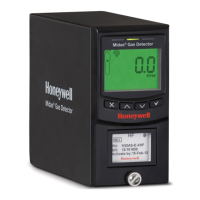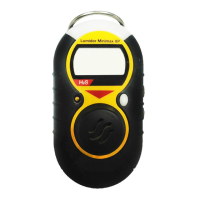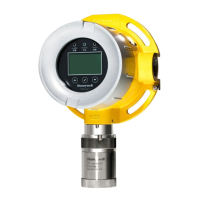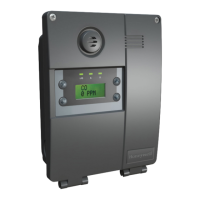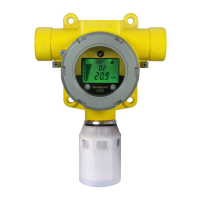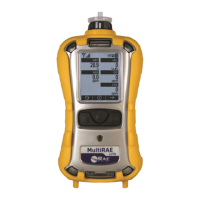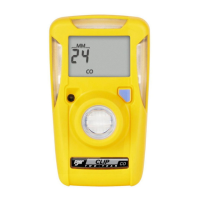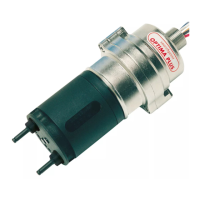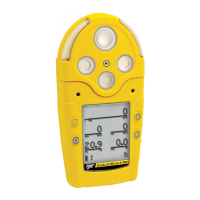19
MAN0530 Issue 15 - 07/17 Searchline Excel
2104M0506
3. INSTALLATION AND OPERATION
Maximum voltages
1. Any earthing arrangement employed should ensure that the maximum peak voltage between
theunit’scaseearthandanyeldcableconductorislessthan350V.Thisincludesconditions
where transient surge voltages are generated by lightning or the switching of heavy electrical
plant.Earthingarrangementsthatemploymultipleprotectiveearthsorearthgridssignicantly
increase the likelihood of large transient surge voltages being generated between a unit’s
caseearthandtheeldcableconductors.Ifitissuspectedthatvoltagesbetweentheunit’s
caseearthandanyeldcableconductormayexceed350Vitisstronglyrecommendedthat
surge suppression devices be installed close to the unit.
Note: Suitable, certied surge suppression devices include MTL’s TP-48-I-NDI and Pepperl
& Fuchs’ FN-LB-1. Surge suppression devices should be checked regularly and replaced if
necessary.
Interference and noise
1. For installations in Europe, all electrical equipment connected to the system should comply
with EN50270. For non-European installations, electrical equipment connected to the system
should comply with applicable national or international EMC standards.
2. Any electrical interference induced onto the conductors of a 4 – 20 mA loop by the installation
must be kept below the levels necessary to comply with the requirements of EN60079-29-1
or other applicable gas detector performance requirements / standards. In practice, this
means that peak noise currents induced on the current loop should be no greater than
±0.25 mA.
3. The 0 V rail of the control card/control system is often directly connected to one side of the
4-20 mA current sensing resistor. Electrical noise on this rail is therefore directly connected
to the 4-20 mA input. In order to avoid additional noise being induced on the 0 V rail, it should
not be commoned with the protective earth, which frequently carries a high level of electrical
noise.
4.Ideally,the24Vsupplyreachingunitsshouldbefreefromlargetransients,uctuationsor
high frequency noise.
5. In order to reduce the likelihood of radio frequency interference affecting the operation of
units it is recommended that neither units nor their cabling are installed in close proximity to
the antennae of high powered radio, radar or satellite communication equipment.

